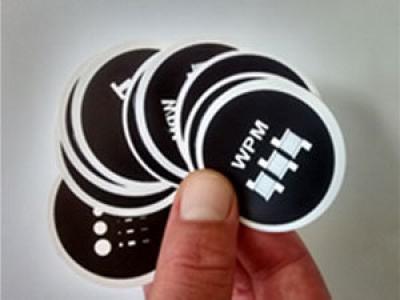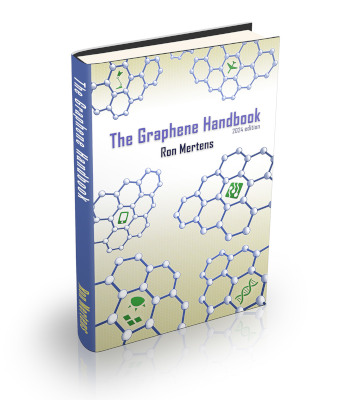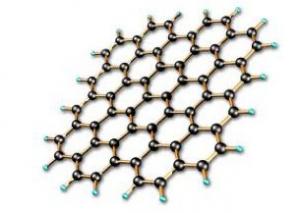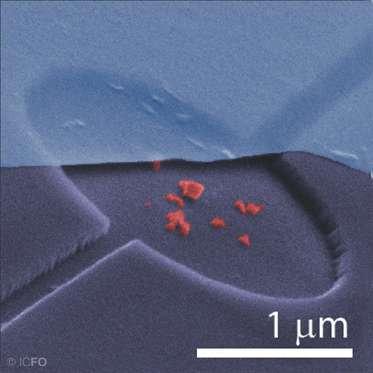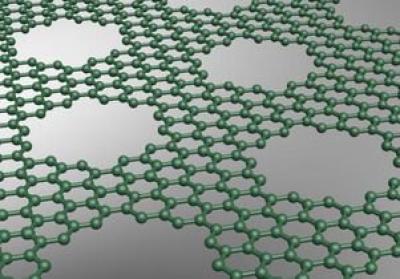Graphene composite may help keep aircraft wings ice-free
Researchers at Rice University have created a thin coating of graphene nanoribbons in epoxy, that has proven effective at melting ice on a helicopter blade. This coating may be an effective real-time de-icing mechanism for aircraft, wind turbines, transmission lines and other surfaces exposed to cold weather. In addition, the coating may also help protect aircraft from lightning strikes and provide an extra layer of electromagnetic shielding.
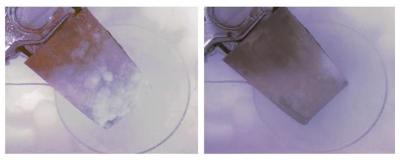
The scientists performed tests in which they melted centimeter-thick ice from a static helicopter rotor blade in a -4 degree Fahrenheit environment. When a small voltage was applied, the coating delivered electrothermal heat - called Joule heating - to the surface, which melted the ice.
